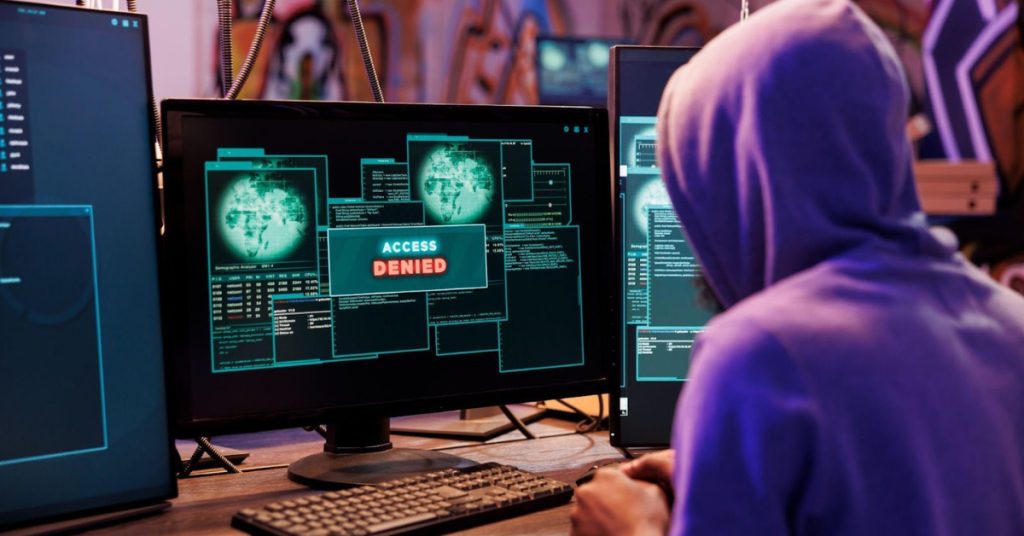In today’s cyber world, there is always the threat of malware, be it to an individual or a business. Knowledge regarding malware detection and its role in cybersecurity remains the key toward protecting sensitive data and upholding the integrity of digital systems. But then, what exactly is malware detection, and how does that fit within the broader landscape of threat detection and response solutions? Let alone, let us discuss one important area that forms part of cybersecurity, which you can easily understand.
Table of Contents
What is Malware?
But before delving into malware detection, what is malware? Malware is the short term for malicious software. It refers to any software written or made explicitly to cause damage to a computer, server, client, or a computer network. It may manifest as a virus, worm, Trojan, ransomware, spyware, and adware. These are a set of malign programs that cause so much mayhem, steal sensitive information, which is at times irreversible and lead to enormous losses in operations by many people and businesses.
Understanding Malware Detection
Malware detection is a process of identification and mitigation of malicious software. The major objective of this process is to detect and neutralize malware before it can do harm or cause damage. Involving a set of different tools and techniques, it accommodates the scan, identification, and response to the malware threats. Effective malware detection is one of the most prime components of the comprehensive cyber security strategy.
Key Components of Malware Detection
Malware detection depends upon the following prime components:
Malware detectors are special tools and software designed to indicate the presence of malware. Lots of different techniques are used to scan for any type of code emanating malicious behavior that indicates malware activity. They can be a stand-alone application or integrate into larger security systems.
These solutions are comprehensive cybersecurity threat detection and response solutions, bringing together malware detection with other security measures. They fully empower real-time monitoring, automated response mechanisms, advanced analytics, and threat detection, along with the responding of threats with the best-in-class rapidity. These solutions become critical to identifying and mitigating any threat before it does cause significant damage.
Related: Why to Learn Ethical Hacking?
Network Virus Scans: An important aspect of malware detection is to scan the network completely for viruses or any other rogue malicious entities. Network virus scans provide identification of infected systems to take measures for containment of malware propagation within the network. This proactive approach is very imperative in sustaining a secure network environment.

Malware Detection Techniques
Methods of detection which modern malware employ are sophisticated and very effective in their operations. Here are some common methods applied in cyber security:
Signature-Based Detection: It works on the basis of scanning for known patterns of malware code referred to as signatures. While it is effective against known risks or threats, it might not recognize new or unknown malware at all. In most cases, signature-based detection is combined with other techniques to build overall defenses.
Behavioral Analysis: It identifies the abnormal or suspicious behavior of malware. For example, if any program is accessing sensitive data or trying to change system files in any unexpected way, then it may be suspected to be malware. In this regard, behavioral analysis will be very helpful for observing zero-day exploits and unknown threats.
Heuristics Analysis: Heuristics analysis focuses on the structures and behaviors of code that generally characterize malware. It identifies new or even unknown variants of malware by recognizing suspicious patterns in them. It allows detecting threats that cannot be identified by signature-based methods.
Machine Learning and AI: State-of-the-art malware detection systems power themselves using machine learning and artificial intelligence to analyze large datasets for the slightest indicators of malware. They can adapt to new threats as they learn, thereby improving their detection capabilities over time. Machine learning models can recognize patterns and anomalies that would be very difficult for traditional methods to detect.
Also Read: What Are HTTPS Proxies?
How to find malware?
It combines proactive scanning with reactive approaches in finding malware. The steps which may be used in trying to find and proactively mitigate the malware threats include:
- Scan site for malicious code: Run regular website and online platform scanning for the presence of malicious code. This will ensure that malware does not spread and that users are protected from prospective threats. Various tools are at one’s disposal for the scanning of websites and warning of suspicious activity.
- Security tools: Run many of the available security tools, such as antivirus software, firewalls, intrusion detection systems, and so on. All these tools will complement one another to provide multi-layered protection against malware. A combination of these tools will better detect malware and prevent attacks.
- Stay current: Be updated on new trends and threats regarding cyber security. Knowing the emerging threats will help devise appropriate measures to fight them. Subscribe to relevant newsletters on cyber security, join professional forums, and participate in training programs that can keep you one step ahead of new threats.
- Back up critical data by providing appropriate security measures such as encryption and access controls to guard sensitive information, and regularly back up the data. This is necessary so that in case malware gets in, its damage will be reduced to critical data. Data protection solutions are essential for perceived integral and confidential information.

Future Trends in Malware Detection
The domain of malware detection keeps evolving to try and stay ahead of new threats. Here are some trends to watch:
- IoT Security Integration: The integration of malware detection with the security of the devices of Internet of Things (IoT) will turn out to be very important in the long term. The shielding of connected devices from malware will turn into a vital element in the general security of the set-up network.
- Increased Use of AI and Machine Learning: Malware detection would be more done using AI and machine learning. The former can go through reams of data and find trends that would prove near impossible for human analysts to identify. Also, a lot more AI-driven security tools are expected to get churned out in the near future.
- Improved Behavioral Analysis: Techniques used for behavioral analysis will continue to improve, thus allowing for the detection of suspicious activities more accurately and quickly. This change in this aspect will assist the threat detection and response of organizations.
Cloud-Based Security Solutions: With more and more organizations shifting their operations to the cloud, cloud-based malware detection and threat response products would find more usage. These products are flexible and scalable, bringing advanced capabilities with regard to malware threat detection and mitigation.
[…] Also Read: What Is Malware Detection in Cyber security […]
[…] is the exposure to potential security risks inherent in such platforms. These risks may include malware infections, phishing attacks, and unauthorized access to personal data. Users should exercise caution, use […]